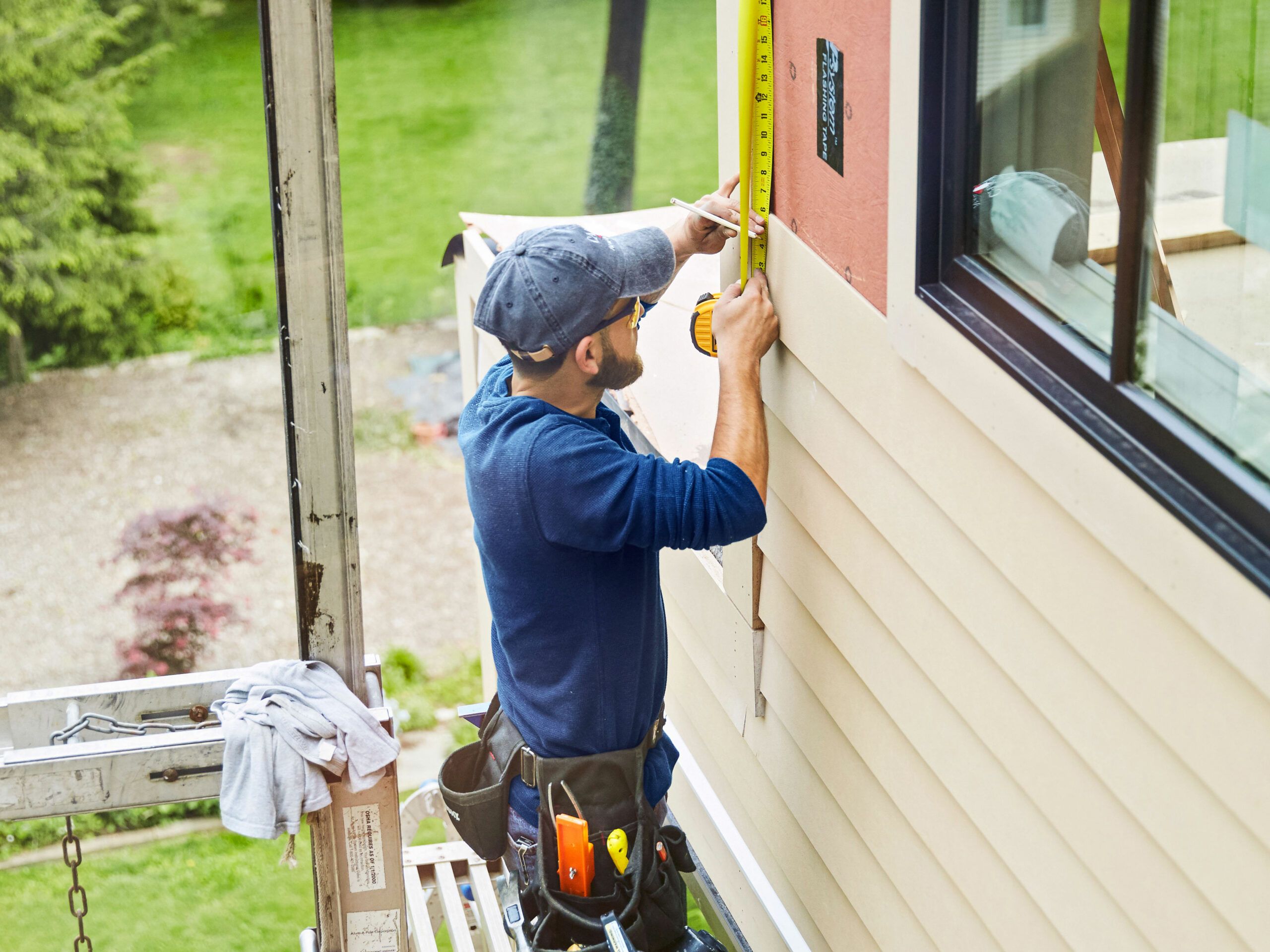
Introduction
Maintaining the exterior of your home is essential for both aesthetics and longevity. Power washing exterior siding is a highly effective DIY method to revitalize your home’s appearance. In this article, we’ll explore step-by-step tips on power washing your exterior siding, giving your home a fresh and clean look.
Understanding the Power Washing Process
Power washing involves using a high-pressure stream of water to remove dirt, grime, and stains from various surfaces, including exterior siding. Before you begin, it’s crucial to understand the process and the type of siding your home has. Different materials may require specific considerations to avoid damage during power washing.
Gathering the Necessary Equipment
To embark on your power washing journey, gather the necessary equipment. You’ll need a pressure washer, appropriate detergents for your siding material, safety gear including goggles and gloves, and a sturdy ladder. Ensure you follow the manufacturer’s instructions for your pressure washer and choose the correct nozzle for the task.
Inspecting and Preparing the Siding
Before starting the power washing process, inspect your siding for any damage. Repair loose or damaged sections and cover electrical outlets and fixtures with plastic to prevent water damage. It’s also advisable to wet surrounding plants and grass to minimize potential harm from cleaning chemicals.
Applying Detergent and Letting It Sit
Most power washing projects benefit from using a cleaning detergent. Apply the detergent evenly on the siding using a low-pressure setting on the pressure washer. Allow the detergent to sit for a specified time, usually around 10-15 minutes. This step helps to break down stubborn stains and grime, making the power washing more effective.
Rinsing Off the Detergent
After the detergent has had time to work its magic, switch to a higher-pressure setting on the pressure washer and begin rinsing the siding. Work systematically from top to bottom, ensuring thorough coverage. Pay special attention to any areas with visible stains or mold. Proper rinsing is crucial to prevent streaking and residue buildup.
Managing Tough Stains and Mold
For particularly stubborn stains or mold, consider using a soft-bristle brush or a specialized siding cleaner. Gently scrub the affected areas before rinsing them off with the pressure washer. Exercise caution to avoid damaging the siding, especially if it’s made of a softer material.
Addressing Safety Concerns
Throughout the power washing process, prioritize safety. Wear appropriate protective gear, including goggles to shield your eyes from debris and cleaning chemicals. Be mindful of your surroundings, especially when working on a ladder, and follow all safety guidelines provided by the pressure washer manufacturer.
Avoiding Common Mistakes
While power washing can be highly effective, it’s essential to avoid common mistakes that could lead to damage. Maintain a safe distance from the siding to prevent gouging or etching, and never use excessive pressure. Test a small, inconspicuous area before proceeding to ensure the pressure and detergent won’t harm the siding.
Drying and Inspecting the Results
After completing the power washing process, allow the siding to dry thoroughly. Inspect the results and assess whether any additional cleaning or touch-ups are needed. Admire the renewed appearance of your home’s exterior and appreciate the impact a simple DIY power washing project can have.
Conclusion
Power washing your exterior siding is a rewarding DIY project that can breathe new life into your home’s appearance. By following these step-by-step tips, you can safely and effectively clean your siding, enhancing its longevity and curb appeal. For more information on DIY home improvement projects and related topics, visit FundYourPurpose.org.










